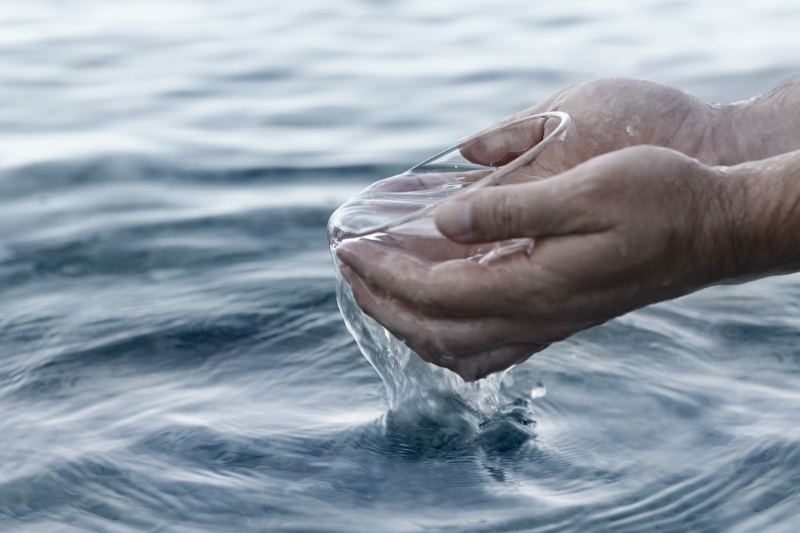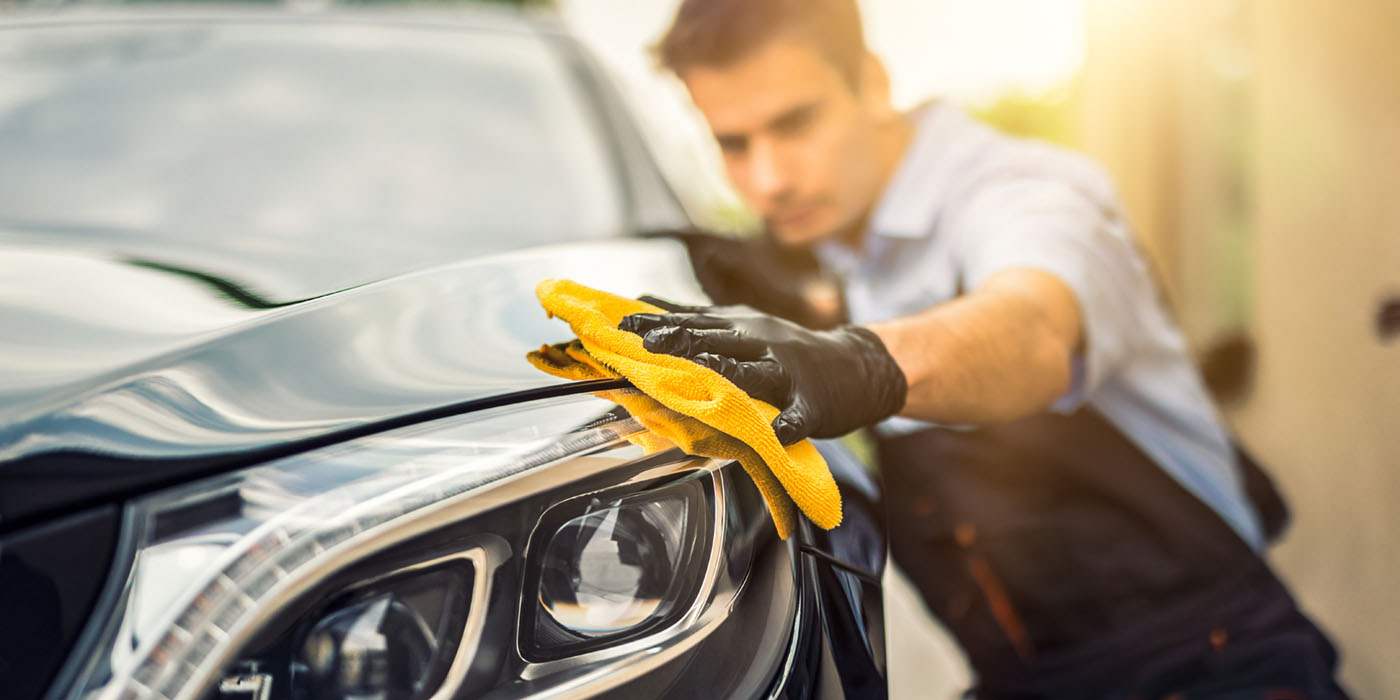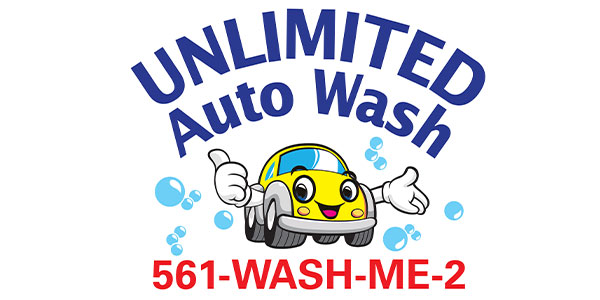It is quite interesting, and almost a bit startling, when you compare the impact the current drought situation in California (even with recent rains) has had on the state’s residents and businesses, including carwashes, with what they endured more than 35 years ago when the state was in a comparable drought. In 1977 residents of Marin County, just north of San Francisco, were restricted to about 44 gallons of water per person per day. That compares with the average daily water use per person today of about 100 gallons without drought conditions.
Businesses and commercial facilities were asked to reduce water consumption by more than 50 percent. While most residents were forbidden from washing their cars, it was no bonanza for the carwash industry, which was pressured to conserve water like never before.
Fast-forward to 2014: Sonoma County officials imposed mandatory restrictions on its citizens, with a $500 fine for those who didn’t comply. These mandatory restrictions prohibited things like wasting water by over-irrigating lawns and hosing down walkways and driveways. Everyone was restricted to irrigating landscaping between 8 p.m. and 6 a.m.
For many people in the county, these mandatory restrictions have had essentially no impact on their lifestyles and have escaped the concern of many businesses. They are a far cry from the stiff restrictions imposed on some areas of the state three decades earlier. Significantly, the ban did not prohibit the use of professional carwash facilities.
Here is where things get interesting, and even a bit startling. While this current drought is not quite as bad as the one in 1977, it is reasonably close to being so. And in 1977 the state had 20 million residents; today that number is closer to 35 million. It would appear that under comparable drought conditions and with nearly double the population, the current drought would have greater impact on the state’s residents, not less.
But it hasn’t, and there are specific reasons why; and what has evolved in California when it comes to using water more efficiently has implications for the entire country as well as the professional carwashing industry, which is so water-dependent.
Planning
The 1977 drought was rather short-lived, and rainfall events in 1978 and 1979 put an end to drought conditions and many of the state’s water restrictions. For most of the state’s residents, the whole situation was a bad dream quickly forgotten. Very shortly, they returned to using water as they had before.
However, many businesses and government leaders realized this was likely not a one-time event; California had droughts before and could expect to have them in the future. They recognized that with continued population growth, future droughts would be more likely to significantly disrupt daily life and negatively impact the state’s economy.
As a result, significant changes were made at the state and county levels, such as increasing water investments, infrastructure and water storage capabilities. Long-term water-conservation programs developed for residents and businesses have helped stretch water supplies. There has also been greater exploration for surface-water supplies and groundwater resources, making the state less dependent on rainfall and more traditional water sources. It is because of these steps that some areas of the state, including Los Angeles, use about the same amount of water today as they were 10 and 20 years ago, even with population growth.
Other changes have been made or are evolving as well. For instance, traditionally every county in the state was responsible for providing water for its citizens. That tradition continues, but today water utilities work with their neighbors, so if one area of the state is having significant water shortages, other areas not in such a bind will share some of their water. In effect, this is designed to “spread the pain” so it is not such a burden on one community. This approach is based on the belief that if one area of the state suffers from water shortages, it can negatively impact other areas of the state financially and economically, so it benefits everyone to share water when necessary.
Technology
While these are significant changes in using water more efficiently, the new water-reducing technologies introduced in the past 35 years have also proven to be extremely effective. Most of these technologies apply to the use of water in food service areas but also restrooms, where in many commercial facilities most of the building’s water is used.
Let’s start with a simple change. In the 1970s few buildings installed aerators or similar devices to restrict the amount of water released from faucets. Today the installation of aerators on existing or older faucets is one of the most important and inexpensive steps a commercial facility can take to reduce water consumption. The typical faucet releases about three or more gallons of water per minute; with an aerator installed, this amount can be reduced to as little as half a gallon per minute — with minimal impact on user satisfaction.
Toilets in use three or more decades ago typically used three-and-a-half gallons of water per flush (gpf) if not more. Since the early 1990s federal regulations have reduced this amount to 1.6 gpf for new toilets, and high-efficiency toilets, such as dual-flush toilets, decrease this amount even further. This reduction in gpf can save the country “nearly two billion gallons per day,” according to the U.S. Environmental Protection Agency (EPA),”[and] save a family of four, on average, $2,000 in water bills over the lifetime of the toilets.”
Urinals are another place where water consumption has been reduced. Older urinals, such as those found in many school buildings, used three to as many as five gallons of water with every flush in the 1970s. This amount was brought down to about 2.5 gpf in the 1980s, and today it stands at about 1 gpf. However, further advances, to no-water urinals, can bring this amount down to 0 gpf.
For commercial facilities with landscaping, automatic drip-type irrigation systems help building owners considerably reduce water consumption.These systems eliminate spray heads and deliver water directly to the plant roots. These systems also come with high-tech “rain” and soil-moisture sensors so irrigation is released only as needed. (See sidebar.)
Nationwide implications
While the focus here has been on how California has better weathered the current drought, we must re-emphasize that what has happened in California — the drought and the more effective ways of dealing with it — should be examined in more states. Droughts have affected most all of the Western U.S. states in the past decade as well as many areas of the country that have traditionally been water-rich. What has evolved in California can help all states better deal with droughts and help the entire country use our most precious resource more efficiently.
A frequent speaker and author on water conservation issues, Klaus Reichardt is founder and CEO of Waterless Co. Inc. in Vista, California, makers of waterless urinals and other restroom products. He founded the company in 1991 with the goal to establish a new market segment in the plumbing fixture industry with water conservation in mind. He may be reached at [email protected].













